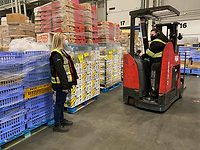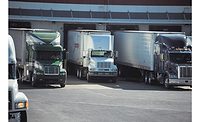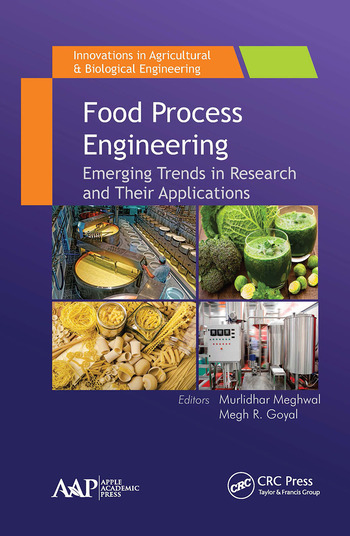Transportation and network redesign are regarded as the most pressing concerns for today’s supply chain leaders at consumer packaged goods (CPG) companies, according to a new report by The Boston Consulting Group (BCG) and the Grocery Manufacturers Association (GMA).
The report—“Time to Shift Gears: Top Trends in the CPG Supply Chain”—identifies the six top trends cited by 40 US businesses of leading CPG companies in the 2015 GMA/BCG Supply Chain Benchmarking Study.
The study, the fifth in GMA’s series on manufacturers’ outbound supply chain logistics, is based on four components: surveys of 40 leading CPG companies (including one on supply chain logistics and one on direct store delivery), interviews with more than 70 supply chain leaders and retailers, audience polling at the 2015 supply chain conference sponsored by GMA and the Food Marketing Institute, and interviews with industry experts.
Participants included manufacturers of food, household and beauty products with ambient and temperature-controlled (both refrigerated and frozen) supply chains. Many participants are multinationals, but the data collected was confined to their US operations, for which annual gross revenues range from $70 million to more than $30 billion.
Showing just how fast this increasingly complex CPG environment can change, supply chain leaders now consider transportation and network redesign as priorities, even though they barely registered on the radar two years ago.
Specifically, 83 percent of supply chain leaders identified transportation as the top concern, but it did not receive a single mention in the 2013 study. Back then, fuel prices were the major concern regarding transportation, according to the researchers. In the 2015 report, the biggest concerns in transportation were structural, with capacity constraints and escalating line-haul rates likely to keep transport costs high and rising for the foreseeable future.
Network redesign, the top worry of 72 percent of current respondents, was cited as a key priority by only 6 percent in the 2013 study. Researchers say several developments have propelled network redesign toward the top of the agenda, including heightened post-merger integration activity, higher transportation costs, the desire for more efficient and more carrier-friendly routes to market, and the recognition that new, fast-growing channels present vastly different operational and shipping challenges.
“This report shows the supply chain leaders of CPG companies are dealing with both portfolio complexities, as companies introduce more new products and adapt to shorter product lifecycles, as well as marketplace complexities, as they strive to serve fast-growing nontraditional channels such as convenience stores, dollar stores and drugstores,” says Daniel Triot, a senior director of the Trading Partner Alliance, a joint leadership group of GMA and the Food Marketing Institute. “The logistical challenges of managing expanded points of sale and changing product flows can affect company performance in service levels, costs and inventory.”
Four other clear trends emerged from the 2015 survey:
-Freight costs are rising: Across all temperature modes, median freight costs rose 14 percent (from $0.93 to $1.06 per case) since the 2013 study. For ambient shipments, they rose 11 percent (from $0.88 to $0.97 per case).
-Service is suffering: After peaking in 2010, service levels fell by 2012 and continued to decline at a faster rate through 2014. “In every key service measure, service has gotten progressively worse,” says Peter Dawe, a BCG partner and coauthor of the report. “In addition, the performance gap between the best and the worst performance widened.” The steepest drop occurred in the measure of on-time delivery known as requested arrival date, or RAD.
-Inventories are growing: Inventories expanded by 22 percent since the 2013 study. Roughly 70 percent of ambient CPG companies experienced increases. For ambient companies, median days of inventory on hand grew 20 percent (from 35 to 42 days) since the 2013 report. Temperature-controlled shippers had mixed results: 60 percent saw an increase in inventories, but the median actually declined.
-Forecasting accuracy has improved but hasn’t yielded the hoped-for benefits: The accuracy of CPG companies’ national forecasts increased from 73.6 percent to 75 percent since the 2013 study. But greater accuracy did little to hold down inventories or improve service.
The full report can be found here.







